Introduction
Taro root, scientifically known as Colocasia esculenta, is a versatile and nutritious tuberous root vegetable enjoyed worldwide for its unique flavor and culinary versatility. From stews and soups to fried dishes and desserts, taro can be incorporated into a wide array of recipes. However, selecting high-quality taro root is crucial to ensuring that your dishes turn out delicious and that you reap the maximum nutritional benefits. This comprehensive guide will walk you through the essential steps and considerations for choosing the best taro root at your local market or grocery store.
Understanding Taro Root Varieties
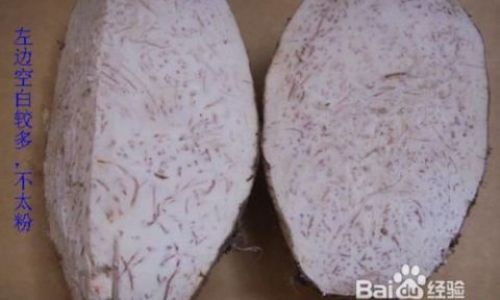
Before diving into the selection process, it’s essential to understand the different varieties of taro root available. Taro comes in various colors, sizes, and textures, each with its unique taste and texture profile. Some common varieties include:
-
Purple Taro (Colocasia esculenta ‘Kodomae’ or ‘Okinawa Purple’): This variety is characterized by its deep purple skin and flesh, which can stain utensils and clothing. Purple taro has a slightly sweet and earthy flavor.
-
White or Light-Colored Taro: These varieties have lighter skin and flesh, ranging from creamy white to pale yellow. They tend to be less starchy and have a milder flavor compared to purple taro.
-
Dashed Taro (Colocasia esculenta ‘Dashed’): This variety features skin and flesh with dashes or streaks of purple, white, and beige. Dashed taro offers a balance between the flavors of purple and white varieties.
-
Elephant Ear Taro (Alocasia macrorrhiza): Though not as commonly consumed as Colocasia esculenta, elephant ear taro is larger and has a thicker, more fibrous texture. It is primarily used in certain regional cuisines.
Each variety has its unique culinary uses and preferences, so choosing the right one depends on your recipe and personal taste.
Visual Inspection: The First Line of Defense
When selecting taro root, visual inspection is your first and most crucial step. Here are some key visual cues to look for:
-
Skin Condition: Look for taro roots with smooth, unblemished skin. Avoid those with cracks, cuts, or soft spots, which can indicate decay or bruising. The skin should be firm and evenly colored, with no signs of mold or discoloration.
-
Shape and Size: While taro roots can vary in size and shape, generally, larger roots tend to be older and may have a stronger, more fibrous texture. Smaller, younger roots are often more tender and have a sweeter flavor. However, this isn’t a hard and fast rule, as variety and growing conditions also play a role. Choose roots that are relatively uniform in shape, as irregularly shaped ones may have grown under stressful conditions.
-
Color: The color of the skin can vary depending on the variety, but it should be consistent throughout. Purple varieties should have a deep, uniform purple hue, while white varieties should be creamy or light yellow. Avoid roots with patches of dark or discolored skin, as this can indicate rot or disease.
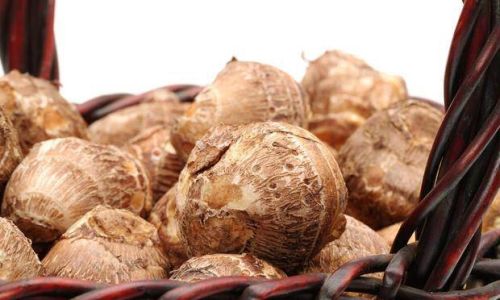
Feeling the Texture: A Tactile Approach
After visual inspection, the next step is to feel the texture of the taro root. This involves a few simple checks:
-
Firmness: Give the taro root a gentle squeeze. It should feel firm and solid, with no give or soft spots. Softness can indicate internal decay or over-maturity.
-
Weight: Pick up the taro root and feel its weight. A heavy root for its size is a good sign, as it indicates that it is juicy and fresh. Lightweight roots may be dry or have lost moisture.
-
Smoothness: Run your fingers over the skin to check for smoothness. While some minor imperfections are normal, avoid roots with rough, scaly, or bumpy skin, as these can be indicators of poor growing conditions or pests.
Checking for Freshness: Smell and Sound
While taro roots don’t have a strong aroma, checking for freshness through smell and sound can provide additional insights:
-
Smell: Bring the taro root close to your nose and take a deep breath. Fresh taro should have a mild, earthy scent. If it smells musty, moldy, or has any other off-putting odors, it’s best to avoid it.
-
Sound: Tap the taro root gently with your knuckles. It should produce a solid, dull sound, indicating that it is dense and firm. If it sounds hollow or makes a cracking noise, it may be dry or have internal cavities.
Considering Provenance: Where Your Taro Comes From
The origin of your taro root can also impact its quality. Here are some factors to consider:

-
Seasonality: Taro is a tropical and subtropical plant, and its growing season varies depending on the region. In general, taro is harvested during the warmer months. Choosing taro that is in season ensures that it is fresh and has been recently harvested.
-
Geographical Location: Some regions are known for producing high-quality taro. For instance, Okinawa, Japan, is famous for its purple taro, while Hawaii and Southeast Asia are also significant producers. If possible, opt for taro roots from these regions, as they are likely to be of superior quality.
-
Farming Practices: Organic and sustainably farmed taro roots are often of better quality than conventionally farmed ones. These farming practices tend to result in healthier plants and more nutritious tubers. Look for certification labels or inquire about the farming methods at your local market.
Storage and Shelf Life: Keeping Your Taro Fresh
Once you’ve selected high-quality taro root, proper storage is essential to maintain its freshness and quality. Here are some tips:
-
Temperature: Store taro roots in a cool, dark place. Ideally, the temperature should be between 55°F and 65°F (13°C and 18°C). Avoid storing them in the refrigerator, as the cold can cause the starch to convert to sugar, altering the taste.
-
Humidity: Taro roots need a bit of humidity to stay fresh. If you live in a dry climate, consider wrapping them loosely in a damp paper towel or placing them in a perforated plastic bag to retain moisture.
-
Duration: Fresh taro roots can be stored for up to two weeks if kept in optimal conditions. However, it’s best to use them within a few days of purchase to ensure maximum freshness and flavor.
Preparing and Cooking Taro Root: Bringing Out the Best
Once you’ve selected and stored your taro root properly, it’s time to prepare and cook it. Here are some tips for bringing out the best in your taro:
-
Peeling: Taro roots can be peeled using a sharp knife or vegetable peeler. Be cautious when handling purple varieties, as their juices can stain. Wear gloves if necessary to protect your skin.
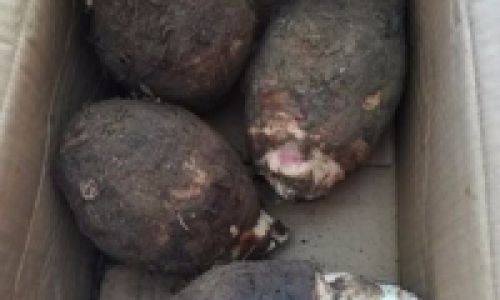
-
Cooking Methods: Taro roots can be boiled, steamed, roasted, fried, or even grilled. Each cooking method will bring out different flavors and textures. Boiling and steaming tend to preserve the natural sweetness and softness, while roasting and frying add a caramelized, crispy exterior.
-
Pairings and Seasonings: Taro pairs well with a variety of flavors and ingredients. Try incorporating it into stir-fries, curries, or stews. Season with salt, pepper, herbs, or spices to enhance its natural flavor.
Nutritional Benefits and Potential Health Concerns
Taro root is a nutrient-dense food, packed with vitamins, minerals, and dietary fiber. It’s a good source of vitamin C, vitamin B6, potassium, and magnesium. However, there are a few potential health concerns to be aware of:
-
Oxalates: Taro roots contain oxalates, which can be problematic for some individuals, particularly those with kidney issues or a tendency to form kidney stones. If you are concerned about oxalates, consume taro in moderation and consult with a healthcare provider.
-
Caloric Content: While taro is a nutritious food, it is also relatively high in calories and carbohydrates. Portion control is essential if you are watching your calorie intake.
-
Allergies: Some people may be allergic to taro root. If you experience any adverse reactions after consuming it, seek medical attention immediately.
Conclusion
Selecting high-quality taro root is a multi-faceted process that involves visual inspection, tactile checks, and considering provenance. By following the tips outlined in this guide, you can ensure that you bring home the freshest, most flavorful taro roots available. Proper storage and preparation will help you maintain their quality and maximize their nutritional benefits. Whether you’re incorporating taro into a traditional recipe or experimenting with new dishes, the right taro root can make a world of difference. Happy cooking!

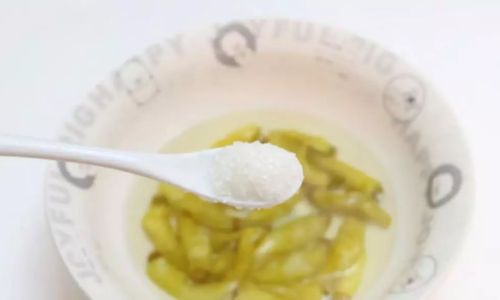


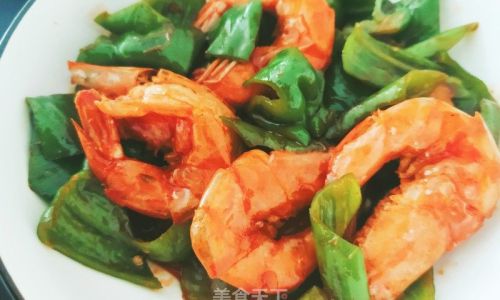
0 comments